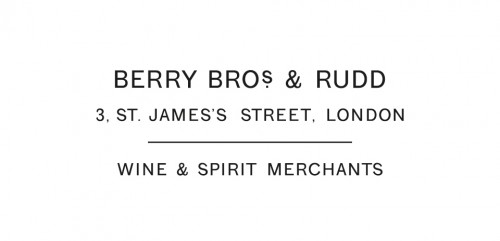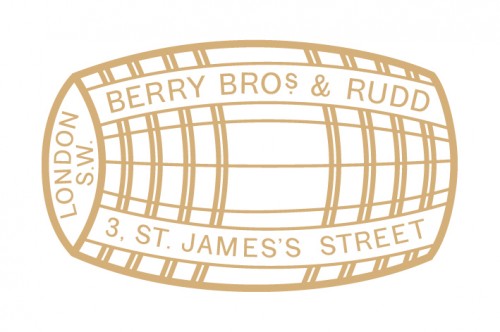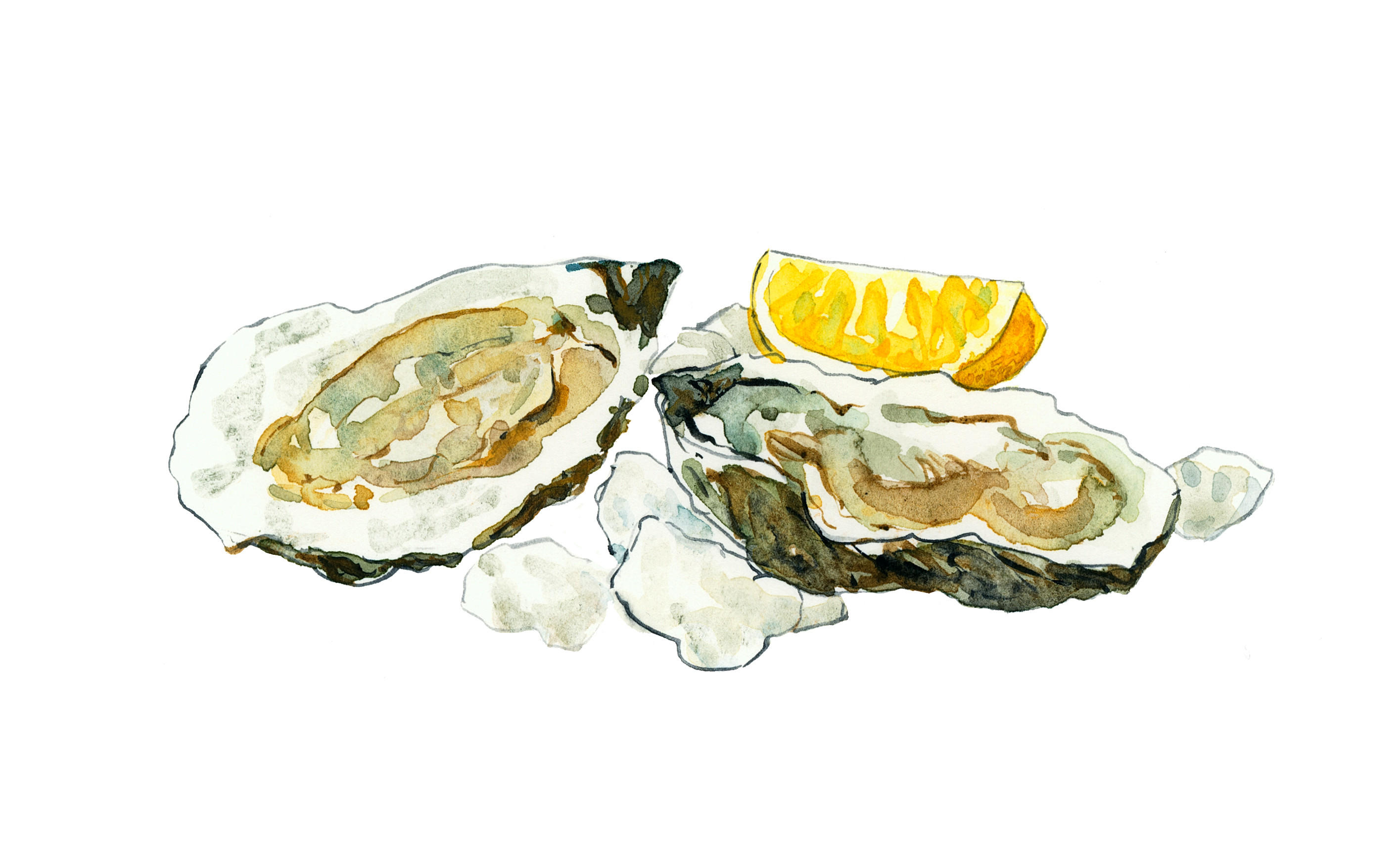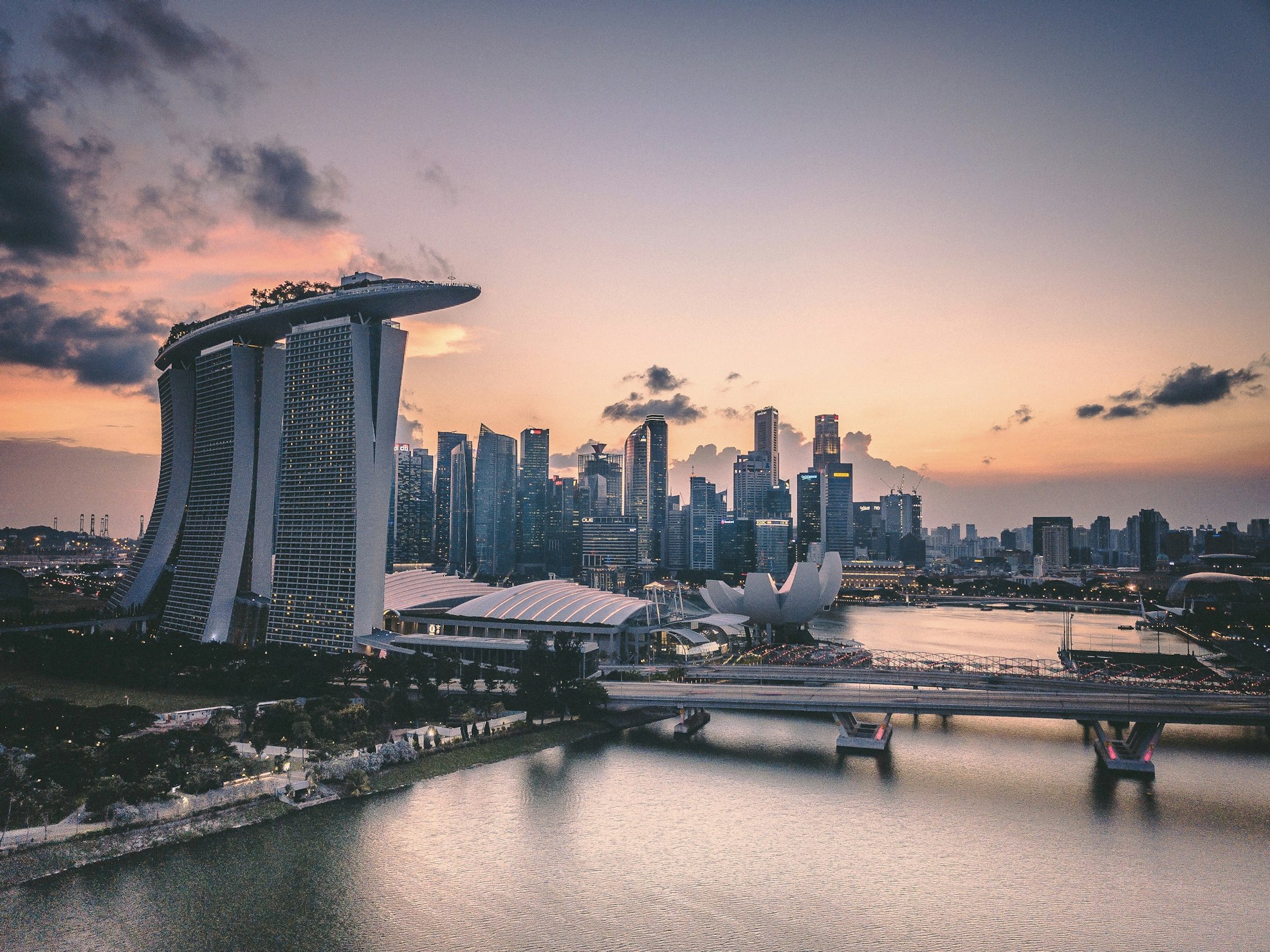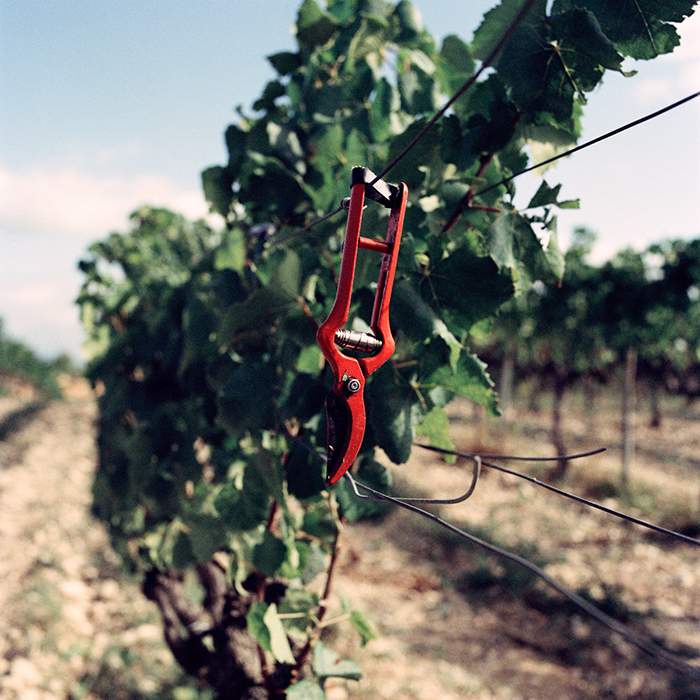Notes from Burgfest: 2020 white Burgundy
Author: Adam Bruntlett
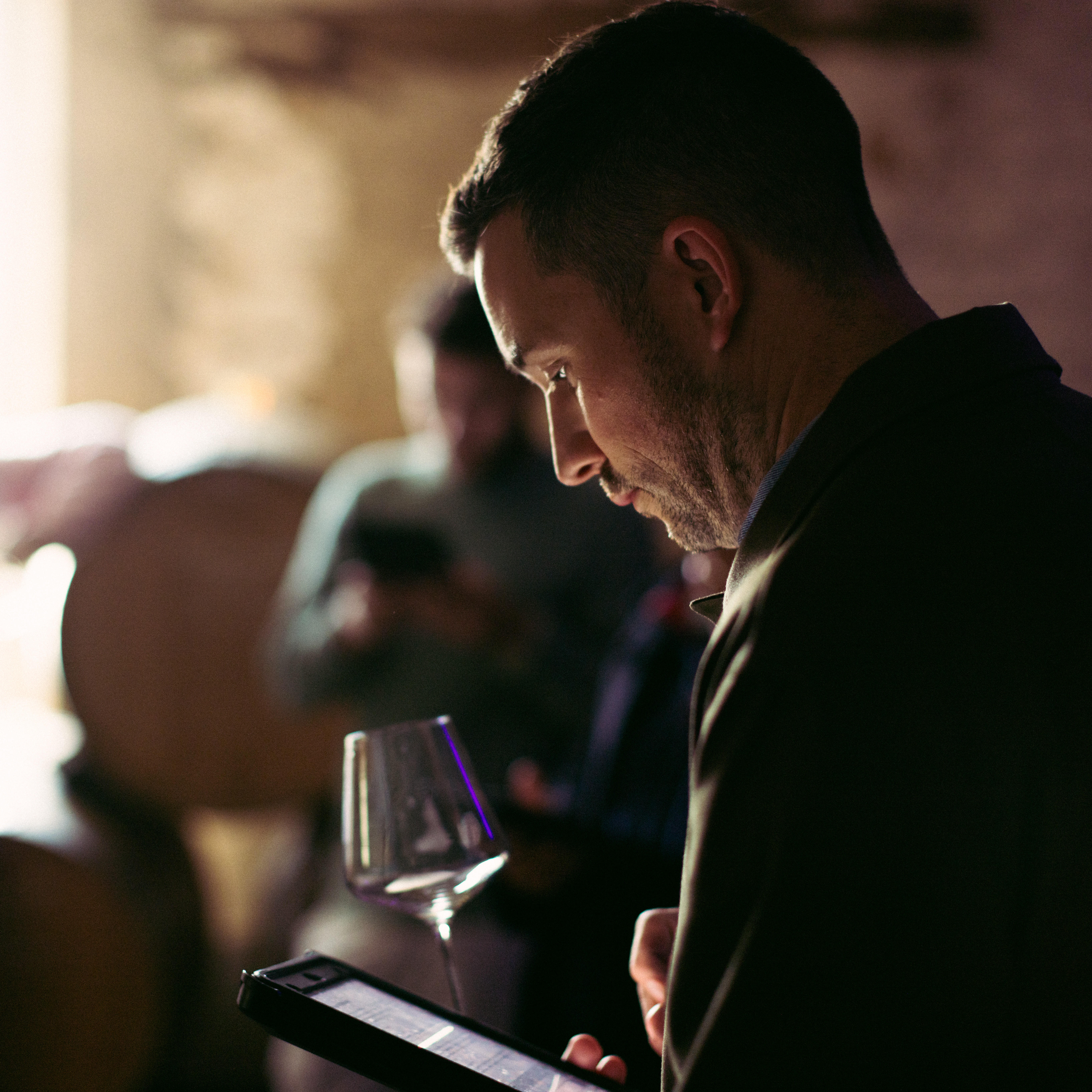
The 2020 vintage is among the best in recent memory for white Burgundy, says Adam Bruntlett. In this report from the biannual Burgfest tasting, our Burgundy Buyer takes a closer look at the wines.
Each autumn I spend around five weeks tasting the new Burgundy vintage from barrel. I’ll taste every single wine we buy (and some we don’t), and I’ll often taste the same wine more than once. This allows me to get under the skin of the vintage, to understand how the wines should age. And yet, each tasting is just a snapshot. Wine is a living thing, particularly when in that youthful, pre-bottling state. It is essential, therefore, to revisit the wines and to reevaluate the assessments made from barrel. This is where the special tasting known as “Burgfest” comes in.
Burgfest
Twice a year, a 12-strong group descends on a former Cistercian farmhouse in a sleepy valley behind Savigny-lès-Beaune. Jasper Morris MW, Neal Martin and Neil Beckett bring journalistic rigour, joining a selection of importers from the UK, USA, Singapore and Norway. Collectively, we take on the arduous task of revisiting some 250 Premiers and Grands Crus three years after bottling.
The wines are tasted blind, but within flights of their village and vineyard. They are decanted and served cool, allowing for them to warm up as we taste. As the temperature increases, the wines reveal more nuances and change shape. How positively a wine evolves in the glass as it meets oxygen is a benchmark for how it will evolve in bottle. We only taste in the morning, with around 40 to 50 wines per day. This allows time to concentrate while also avoiding fatigue.
In May this year, it was the turn of the 2020 whites. My hopes were high for an exciting set of wines. In my vintage report from barrel at the time, I was effusive in my praise for the whites. But predicting how a wine will develop is not an exact science. The previous edition of Burgfest had shown some wines from the warm 2019 vintage that were a little riper than I personally like. Would 2020, another warm vintage, fall into the same trap? Or could it eclipse 2017 or 2014 as the greatest white vintage in modern times?
Starting out with Chablis
First thing on Monday morning, ten flights of Chablis lay ahead of us. In the olden days of lean, green and mean Chablis, this might have been a daunting prospect. But recent warmer vintages have somewhat altered the wines’ profile, giving a little more flesh on the bones. This might disappoint purists, but Chablis has soared in popularity as a consequence.
Highlights included those vineyards known for their power and generosity. Fourchaume and Mont de Milieu appeared to have embraced the warmth of the vintage. Famille Grossot and Le Domaine d’Henri’s L’Homme Mort Vieilles Vignes were my picks from Fourchaume; William Fèvre, Grossot and Pinson all excelled in Mont de Milieu. Samuel Billaud and Benoît Droin stood out, scoring consistently well throughout.
The Grands Crus took a step up in 2020. Louis Michel, a domaine renowned for using no oak at all, demonstrated the benefits of stainless-steel tanks in preserving freshness. The estate’s Les Clos was my top-scoring Chablis of the tasting, despite stiff competition from Droin’s Grenouille.
Onto Meursault
Day two was all about Meursault. The standard was exceptionally high, as evidenced by the appreciative murmurs as we tasted. I struggled to pick a favourite between Comtes Lafon’s Porusots and Bouchères in the early flights. Benjamin Leroux’s Pièce Sous Le Bois showed the benefits offered by the cooler slopes of Blagny, with freshness and tension.
Antoine Jobard’s wines displayed a coiled energy – still quite backward and reductive, but with huge potential. Michel Bouzereau was equally impressive but more approachable. Jean-Marc Roulot took my top score, though I was really impressed by Bitouzet-Prieur’s Charmes and Perrières.
That day’s lunch was a vibrant occasion. From discussions, it felt as though we had been tasting something special; we weren’t yet sure if this was an anomaly, however. Theoretically, Meursault should be well adapted to deal with warm and dry vintages, thanks to its relatively deep clay soils and reliable water supply. Might the steep slopes of St Aubin – first up on Wednesday – show the effects of heat a little more?
From St Aubin to Chassagne-Montrachet
In St Aubin, there were good performances from Hubert Lamy, Marc Colin and Jean-Claude Bachelet. Head and shoulders above the competition, however, was De Montille’s En Remilly. The combination of generous fruit, smoky reduction and a sleek, mineral backbone made for a wine of outstanding precision – albeit one which needs time to fully blossom.
On to Chassagne-Montrachet and the highs kept coming. Paul Pillot was the star, with Bernard Moreau and Marc Colin just behind. The excitement in the room was palpable as the wines metamorphosed in the glass, constantly shifting shape and blowing us away with their tension and concentration. Unsurprisingly, the best vineyards were those on the higher ground, like Grandes Ruchottes, Grande Montagne and La Romanée. Add to that list Caillerets and those parcels adjacent to the Grands Crus, like Blanchots and Vide-Bourse.
Puligny-Montrachet
Day four was devoted entirely to Puligny-Montrachet. Like Chablis, you can expect a certain amount of precision and tension here. The shallow topsoil and high water-table suggested the village might have struggled in comparison to its neighbours to the north and south.
Any concerns were swiftly dismissed when we tasted these racy, lacy whites. Jean-Marc Boillot and Etienne Sauzet were my picks in the earlier rounds. Jacques Carillon was metronomically consistent. Elsewhere, the under-the-radar Sébastien Magnien was my pick of the Folatières.
Domaine Leflaive, under the guidance of the masterful Pierre Vincent, showed for the second year running that it has returned to the highest echelon of white Burgundy. A stunning Combettes was followed swiftly by an outstanding Pucelles – that was almost matched by the neighbouring Olivier Leflaive wine. My star of Puligny, and of the week so far, was De Montille’s Cailleret. It narrowly edged out Michel Bouzereau with its simply magical intensity and stinging freshness.
The Grands Crus
Ahead of us lay 41 Grands Crus, beginning with a double-flight of no fewer than 16 Corton-Charlemagnes. It is difficult to generalise about so many wines and such a varied vineyard, but the warm and ripe vintage clearly suited the generous and powerful style here. As is often the case, however, many wines were something of a step down in complexity and finesse from the best Premiers Crus of Puligny. De Montille was again a personal favourite, along with Benjamin Leroux, Tollot-Beaut and Henri Boillot.
A three-wine flight of Bienvenues-Bâtard-Montrachet followed. Such a small flight allows you to focus on the differences between the wine: Jacques Carillon was elegance personified; Jean-Claude Bachelet was much more hedonistic and sensual; and Domaine de la Vougeraie was textural and layered.
Bâtard-Montrachet brought greater highs in the form of Olivier Leflaive’s rippling, somewhat backward wine and Vincent Girardin’s sophisticated yet muscular expression. Jean Chartron delivered a wine with more elegance than you might expect from Bâtard.
Next, and quite special, was the chance to taste 10 Chevalier-Montrachet wines; this is perhaps my favourite vineyard. Domaine Leflaive narrowly edged out De Montille for me. Bouchard’s Cabotte bottling and Jadot were just behind, proving the big houses are on top form these days. An honourable mention must go to Bruno Colin.
The week’s final flight was Montrachet itself: five wines of magical power, density and elegance. The richness at this level in a sunny vintage was something to behold, but matched by a stinging acidity and firm, mineral grip. The wines will need a lot of time in bottle to show their best.
It was hard to separate Marc Colin and Olivier Leflaive as my preferred wine. Ultimately, I plumped for the elegant sophistication and mouth-aching freshness of the former over the sleek, spicy and chewy character of the latter.
Struggling to pick a winner, I reflected on my privilege to be able to taste such wines in this esteemed company. Over our final lunch, we agreed that 2020 was the most successful white Burgundy vintage we had tasted at Burgfest. As with any tasting, it is but a snapshot of a moment in time. But this particular photograph is saturated with vivid colours. The detail is perhaps not yet defined at the top end of the spectrum, but I have no doubt that, in time, all will come seamlessly into focus.
